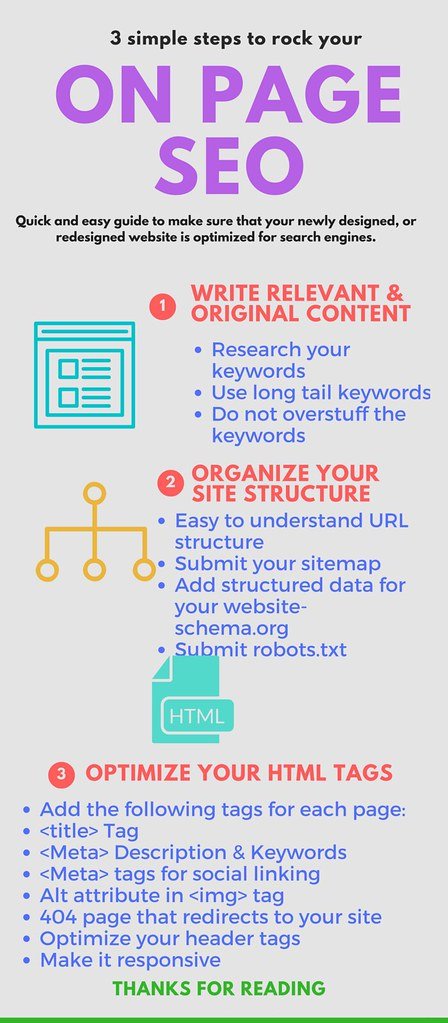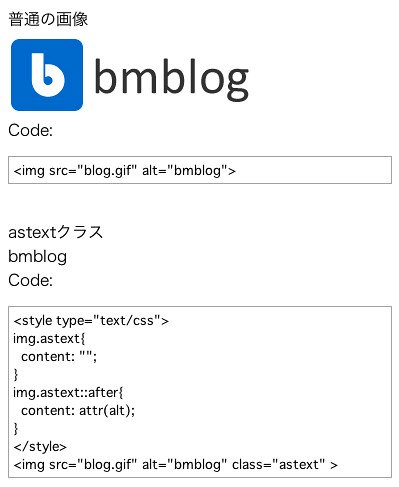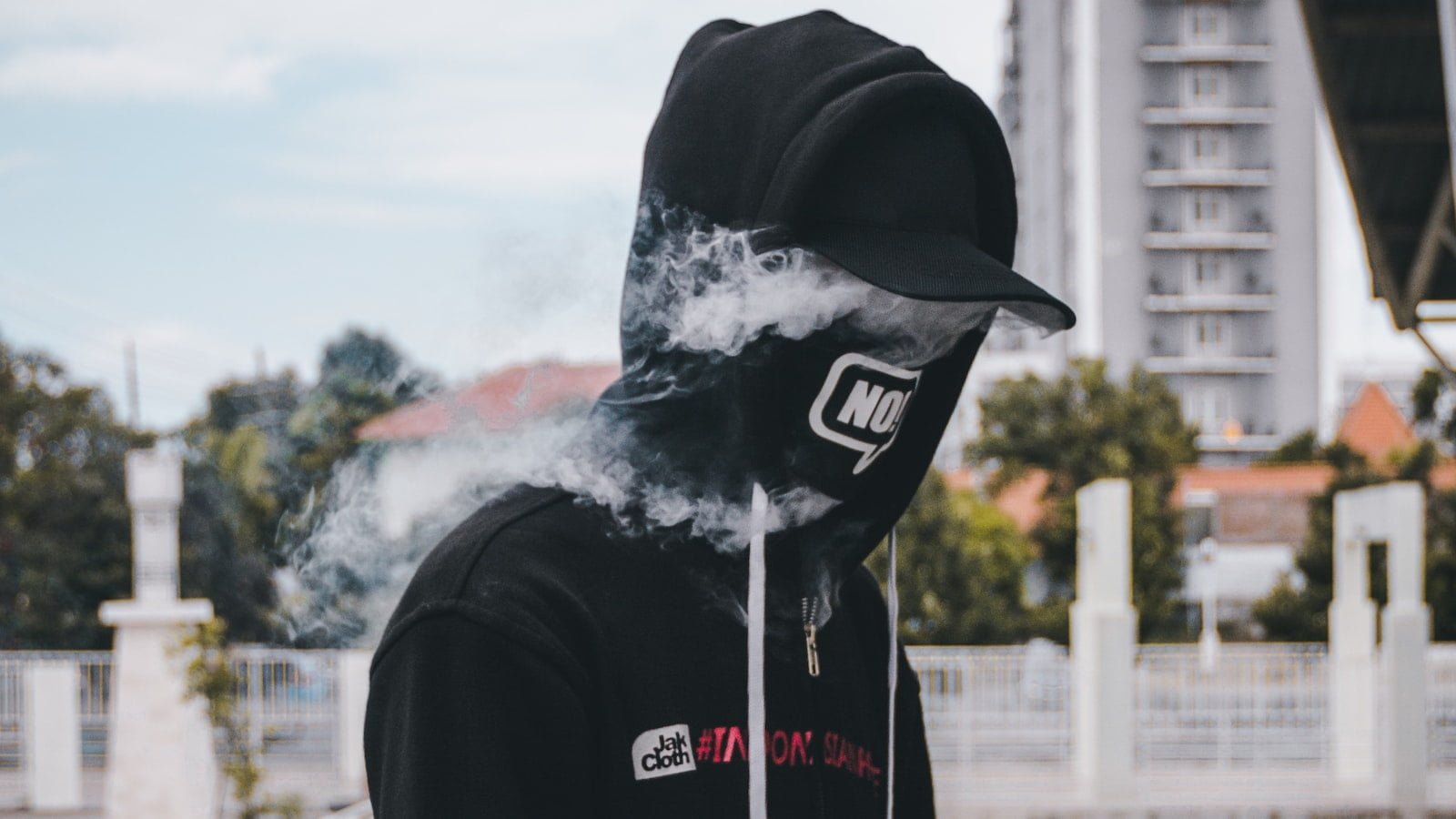Have you ever paused to marvel at the captivating allure of a perfectly timed photograph or found yourself lost in the depths of colors and details in a stunning image? In the realm of digital marketing, the power of visual aesthetics cannot be overlooked. In an era where images speak louder than words, businesses are increasingly harnessing the potential of visual search engine optimization (SEO) to captivate audiences and elevate their online presence. Welcome to a world where picture perfect moments transcend mere aesthetics and become a gateway to enhanced visibility, customer engagement, and ultimately, success. Join us as we embark on a journey to unlock the secrets of visual SEO for image-based searches and unlock a whole new level of digital marketing potential.
Table of Contents
- Understanding Visual SEO for Image-Based Searches
- Exploring the Impact of Visual Optimization on Search Rankings
- Optimizing Images: Best Practices and Strategies for Visual SEO
- Harnessing the Potential of Alt Text and Image Descriptions for Improved Search Visibility
- Q&A
- Key Takeaways

Understanding Visual SEO for Image-Based Searches
Visual SEO plays a crucial role in enhancing online visibility and attracting organic traffic to your website through image-based searches. With the rise of visual content and the popularity of platforms like Pinterest and Instagram, optimizing your images for search engines has become more important than ever. By understanding the principles and techniques of visual SEO, you can unlock the true potential of your images and take your online presence to new heights.
One of the key aspects of visual SEO is choosing the right file name for your images. Instead of generic names like “IMG_001.jpg,” consider using descriptive keywords that accurately represent the content of the image. For example, if you have a photo of a delicious chocolate cake, a file name like “chocolate-cake.jpg” would be more effective in conveying the relevance and enhancing your chances of ranking higher in image searches.
Additionally, optimizing the alt text of your images is equally important. Alt text is used by search engines to understand what the image is about, especially for users who may have difficulty seeing the image. It’s recommended to provide a brief, concise description of the image using relevant keywords. For the chocolate cake image, an appropriate alt text could be “Decadent chocolate cake with creamy frosting.” Remember to keep the alt text relevant and avoid keyword stuffing that could be seen as spammy by search engines. By incorporating these simple yet powerful practices into your visual SEO strategy, you can significantly boost your visibility and attract more targeted traffic to your website. So, go ahead and make your images picture-perfect with the power of visual SEO!
Exploring the Impact of Visual Optimization on Search Rankings
When it comes to online searches, it’s no secret that visual content can make a powerful impact. In fact, studies have shown that people are more likely to remember information presented in an image format rather than plain text. This has led to the rise of image-based searches, where users now have the ability to search for specific products, places, or even ideas just by uploading an image.
But what does this mean for search rankings? Well, it turns out that visual optimization is becoming increasingly important in the world of SEO. Just like traditional search engine optimization, visual optimization focuses on improving your website’s visibility and ranking in search engine results pages (SERPs). By strategically optimizing your images, you can boost your chances of appearing in relevant image-based searches, attracting more organic traffic to your site.
- Visuals are processed 60,000 times faster by our brains compared to text.
- Images are more likely to be shared and go viral on social media platforms than plain text.
- Users are more likely to click on search results with images than those without, leading to higher click-through rates.
So how can you implement visual optimization for better search rankings? Start by ensuring that your images are high-quality, properly compressed, and relevant to your content. Optimize the image file names, alt tags, and captions using relevant keywords to improve their visibility in search engine results. Additionally, consider using structured data markup, such as Schema.org, to provide search engines with more information about your images, enhancing their chances of being displayed in rich snippets.

Optimizing Images: Best Practices and Strategies for Visual SEO
Images play a crucial role in the world of SEO, especially when it comes to image-based searches. Optimizing your images can significantly enhance your website’s visibility and improve user experience. To help you make the most of visual SEO, we’ve compiled a list of best practices and strategies sure to unleash the power of your images.
1. Choose the right image format: When it comes to web images, there are several formats to consider, such as JPEG, PNG, and GIF. Each format has its strengths and weaknesses, so it’s important to choose the right one for the specific purpose of your image.
2. Optimize image size and compression: Large image files can slow down your website’s loading speed, negatively impacting user experience and SEO. Strike a balance between image quality and size by compressing your images without losing too much visual quality. Various online tools are available to help you optimize your images.
3. Use descriptive filenames and alt text: Search engine bots cannot “see” images, so it’s crucial to provide accurate and descriptive filenames for your images. Additionally, alt text (alternative text) allows search engines to understand what your image is about. Be concise, descriptive, and include relevant keywords while keeping your alt text clear and concise.
4. Captions for context: Adding captions to your images provides additional context for both users and search engines. Captions can improve the accessibility of your website, enhance the user experience, and potentially include relevant keywords.
By implementing these image optimization best practices, you’ll be well on your way to Picture Perfect SEO, ensuring that your images get the attention and visibility they deserve in image-based searches.
Harnessing the Potential of Alt Text and Image Descriptions for Improved Search Visibility
The world of search engine optimization (SEO) is constantly evolving, and one area that holds immense potential is visual SEO for image-based searches. Alt text and image descriptions are valuable tools that can greatly enhance your website’s search visibility. By harnessing their power, you can make your images more accessible, attractive, and discoverable by search engines.
Alt text, or alternative text, is used to describe the content and purpose of an image on a webpage. By including descriptive and keyword-rich alt text, you not only provide important information for visually impaired users, but also aid search engines in understanding the context of your images. Think of alt text as a roadmap for search engines, guiding them to the relevance and meaning of your visuals. With well-crafted alt text, you can improve your website’s overall SEO performance by increasing the chances of appearing in image-based search results. It’s like adding a caption to your photos, allowing search engines to “see” and contextualize them better.
Image descriptions, on the other hand, provide additional details and context about an image. While alt text is usually concise and alt attribute to a few words or a short sentence, image descriptions can be more comprehensive. They give you an opportunity to provide a detailed written account of what the image represents. Image descriptions can be especially useful for complex visuals, such as infographics or detailed product images, enabling search engines to understand and rank them more accurately. By crafting compelling and keyword-rich image descriptions, you increase the chances of your images showing up in relevant search queries and driving organic traffic to your website.
Incorporating alt text and image descriptions into your SEO strategy is a powerful way to optimize your website’s visibility in image-based searches. By following best practices and implementing these tactics, you can enhance the accessibility, discoverability, and overall user experience of your website. So, make sure to leverage the potential of alt text and image descriptions to unlock the full power of visual SEO and take your website’s search visibility to new heights.
Q&A
Q: What is Visual SEO for image-based searches?
A: Visual SEO for image-based searches refers to the optimization techniques that enhance the visibility and discoverability of images in search engine results pages (SERPs).
Q: How does Visual SEO impact online businesses?
A: Visual SEO plays a vital role in enhancing the online presence of businesses by ensuring that their images appear prominently in search results, driving more traffic, improved user engagement, and increased conversions.
Q: Why is it important to optimize images for search engines?
A: Optimizing images for search engines allows businesses to tap into the enormous potential of visual search, ensuring that their content stands out and attracts the attention of users looking for specific images or related products/services.
Q: What are some key strategies for improving Visual SEO?
A: Some key strategies for improving Visual SEO include optimizing image filenames and alt text, using descriptive captions, adding relevant metadata, utilizing structured data markup, optimizing image sizes for faster loading, and ensuring mobile responsiveness.
Q: How does structured data markup help in Visual SEO?
A: Structured data markup helps search engines understand the context and relevance of images, making it easier for them to identify and display images in search results. This markup provides additional information about an image, such as its description, location, or date, making it more useful to users.
Q: Are there any specific best practices for image file names and alt text?
A: Yes, best practices for image file names and alt text include using descriptive and relevant keywords, keeping filenames and alt text concise, avoiding generic terms, and using hyphens to separate words.
Q: What role does image size and formatting play in Visual SEO?
A: Image size and formatting are crucial factors in Visual SEO as they impact website loading speed. Optimizing images by compressing them without compromising quality ensures faster page loading, leading to better user experience and improved search engine rankings.
Q: How does mobile responsiveness affect Visual SEO?
A: Mobile responsiveness is essential for Visual SEO as more and more users are conducting image searches on their mobile devices. Ensuring that images are displayed correctly on various screen sizes and platforms enhances user experience, resulting in better engagement and visibility.
Q: Can Visual SEO also benefit e-commerce websites?
A: Absolutely! Visual SEO is highly beneficial for e-commerce websites as it improves product visibility in image-based searches, leading to increased conversions and revenue. Optimizing images with detailed product information and optimized metadata can significantly enhance the chances of appearing in relevant search results.
Q: Any final tips for businesses looking to harness the power of Visual SEO?
A: Businesses should consistently monitor and analyze image search trends, stay updated with search engine algorithms, provide high-quality and unique images, incorporate relevant keywords and image descriptions, and invest in user-friendly navigation so their visual content can stand out and effectively reach their target audience in the ever-evolving digital landscape.
Key Takeaways
In a world where a single image can speak a thousand words, harnessing the power of visual SEO has become more crucial than ever. We have delved into the depths of image-based searches, uncovering the magic that lies within each click, zoom, and swipe. From understanding the importance of alt text and file names to leveraging metadata and image optimization, we have explored the untold secrets that can turn your visuals into magnets for search engines.
Throughout this journey, we have unlocked a world of endless possibilities. The art of visual SEO goes beyond mere aesthetics; it is a melody of strategy and creativity. It is the dance between pixels and algorithms, where the right moves can propel your brand into new heights. From e-commerce websites to blogs, implementing visual SEO has the potential to skyrocket your online presence, captivating audiences with every image they encounter.
Remember, the road to visual SEO success may be paved with challenges, but with every hurdle comes an opportunity to excel. Embrace the ever-changing landscape of image-based searches, for it is a realm where innovation and curiosity reign supreme. By embracing the power of visual SEO, you can demonstrate your brand’s authenticity, engage your target audience, and leave a lasting impression that extends far beyond the digital realm.
So, let this article be your guide through the labyrinth of visual SEO. Armed with the knowledge we have provided, may you now unleash the power of your images and embark on a journey towards picture-perfect success. As the digital world continues to evolve, let your visuals paint the canvas of search engine results, captivating the hearts and minds of users worldwide.
Now, go forth, and let the magic of visual SEO work its wonders. The future is yours to seize, one pixel at a time.

